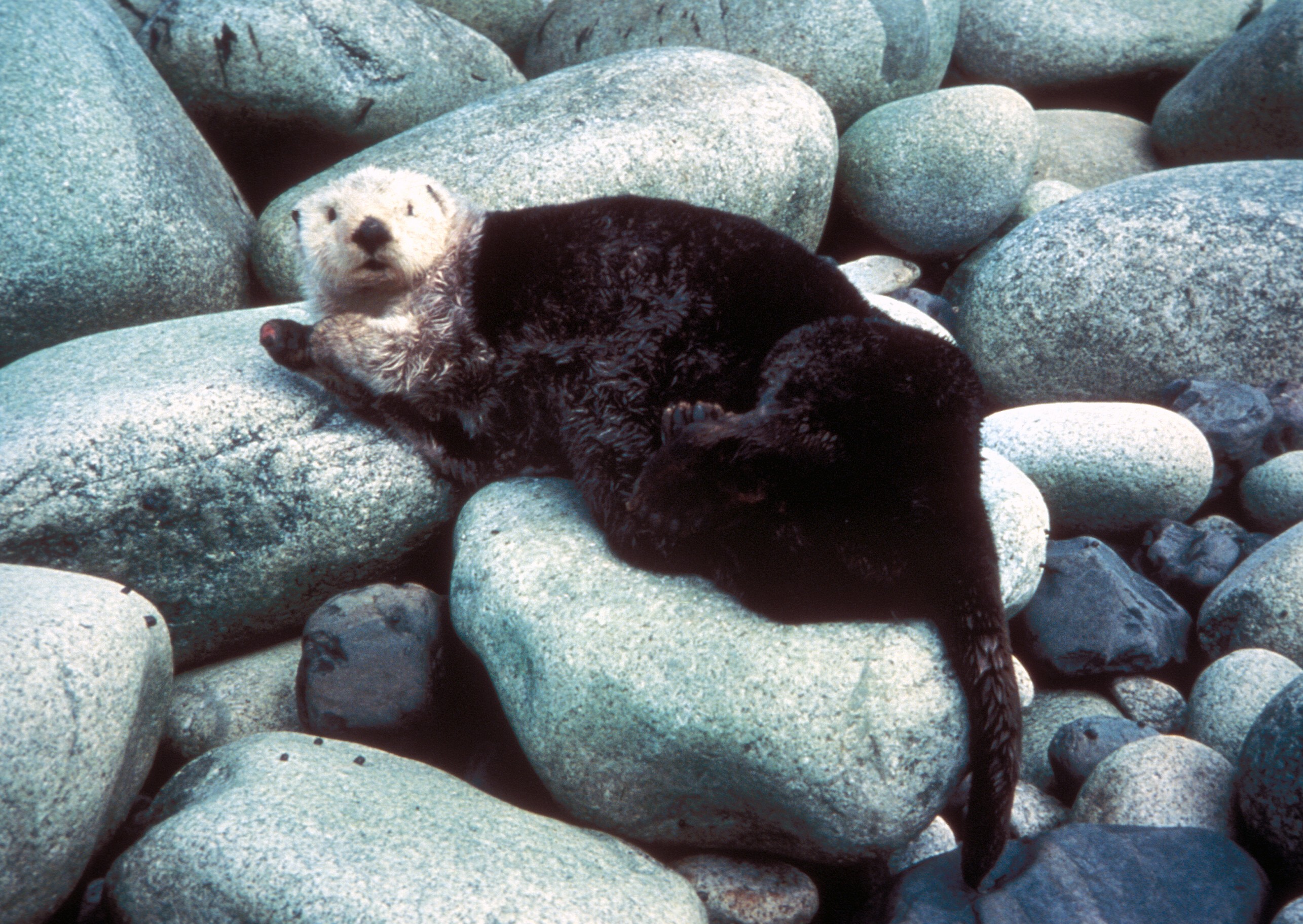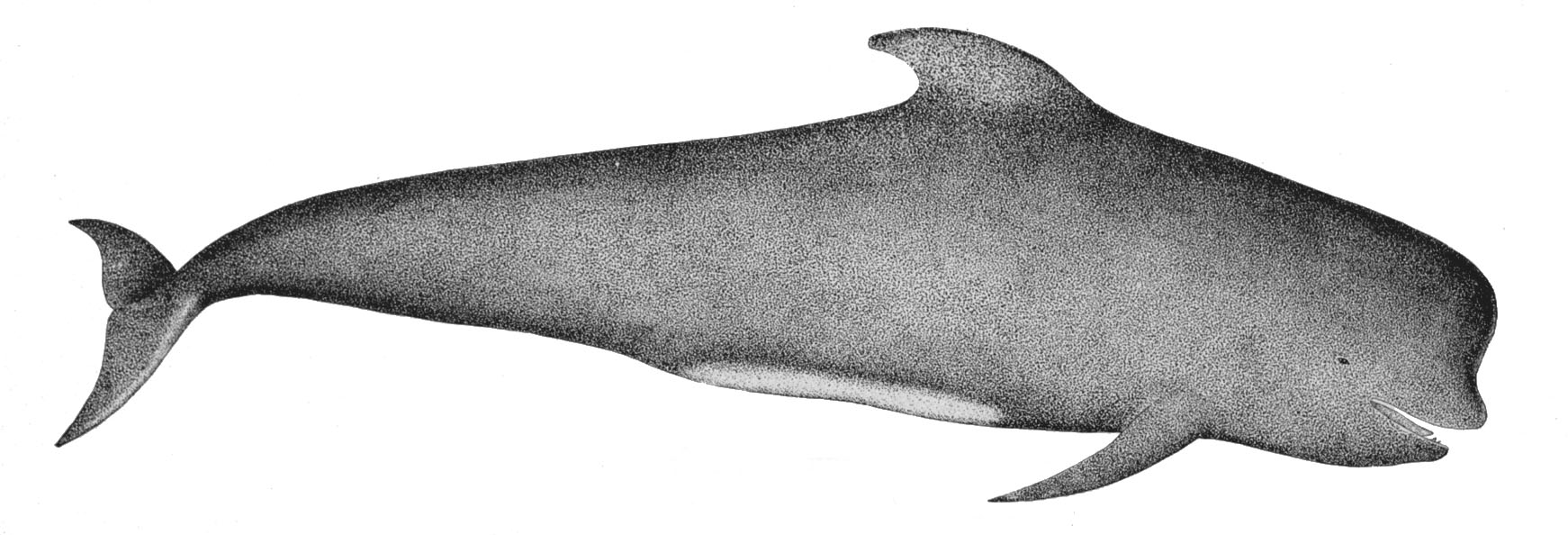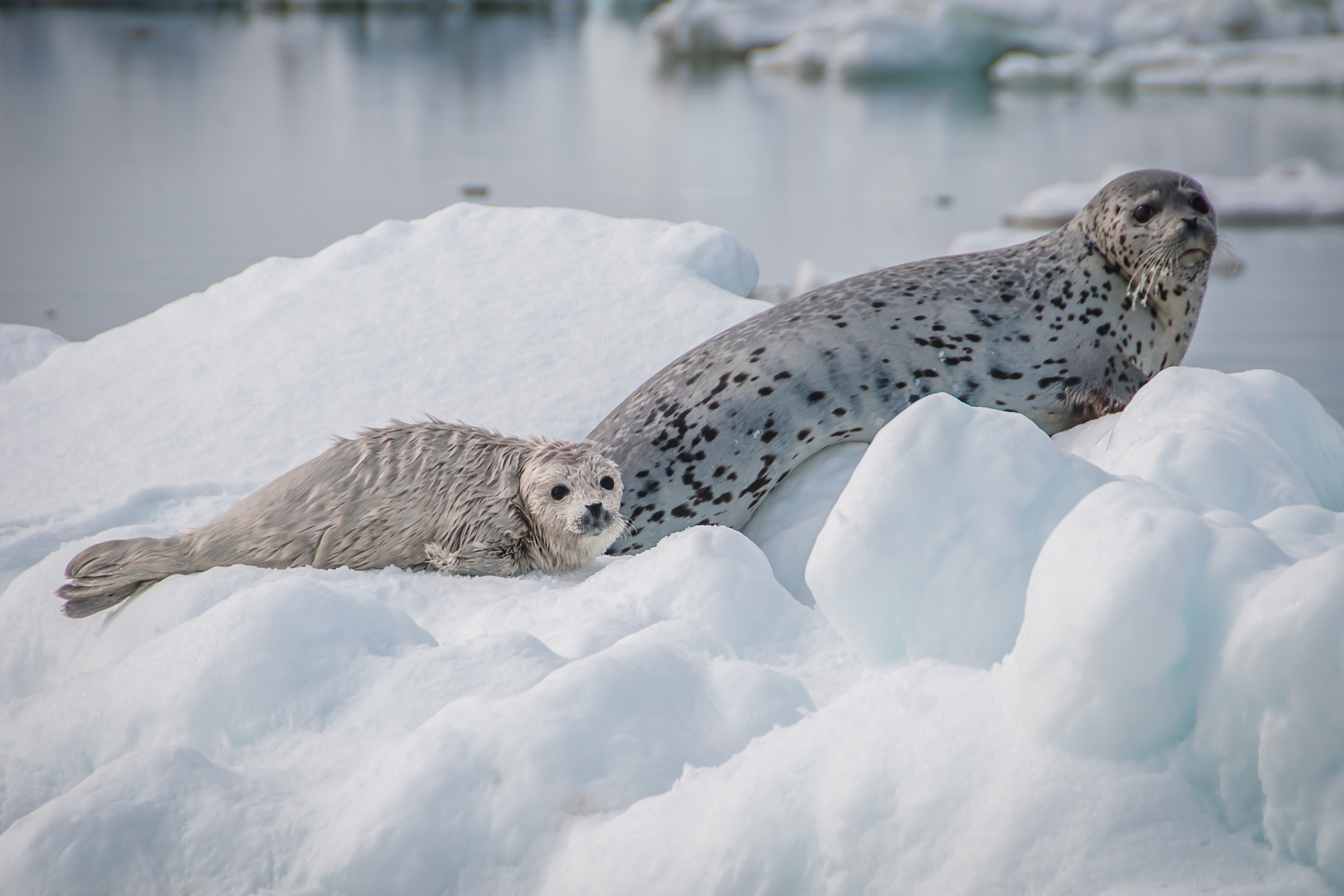|
Marine World Uminonakamichi
is a public aquarium in Higashi-ku, Fukuoka, Fukuoka Prefecture, Japan.「海の中道海浜公園海洋生態科学館改修・運営事業」に係る事業契約締結について - 国土交通省九州地方整備局 History  It opened in April 1989 and was renovated and expanded in April 1995. Since 2000, it has been open at night mainly during the summer vacation. A formalin specimen of a megamouth (female) that was washed ashore in Hakata Bay in 1994 is on display. ...
It opened in April 1989 and was renovated and expanded in April 1995. Since 2000, it has been open at night mainly during the summer vacation. A formalin specimen of a megamouth (female) that was washed ashore in Hakata Bay in 1994 is on display. ...
[...More Info...] [...Related Items...] OR: [Wikipedia] [Google] [Baidu] |
Higashi-ku, Fukuoka
is one of the seven Wards of Japan, wards of Fukuoka in Japan. As of 1 March 2012, it has a population of 296,576, with 136,133 households and an area of 66.68 km2. Its name literally means "east ward". Kashii, Japan, Kashii is in this ward. It is south of neighbouring Shingū, Fukuoka. The Shika Island is connected to Umi no Nakamichi by a bridge. The annual Fukuoka International Cross Country meeting takes place in this ward. Places within Higashi-ku * Maidashi Education Colleges and universities * Kyushu University - Maidashi campus (Kyushu University Academic Medical Center), Hakozaki campus *Fukuoka Institute of Technology Primary and secondary schools The ward has a Chosen gakko, North Korean school, Fukuoka Korean Elementary School (:ja:福岡朝鮮初級学校, 福岡朝鮮初級学校). Parks There are approximately 400 public parks in Higashi-ku. One of these is in Maidashi district. Set in Fukuoka's Green belt, greenbelt, the park was built on land forme ... [...More Info...] [...Related Items...] OR: [Wikipedia] [Google] [Baidu] |
Sea Otter
The sea otter (''Enhydra lutris'') is a marine mammal native to the coasts of the northern and eastern North Pacific Ocean. Adult sea otters typically weigh between , making them the heaviest members of the weasel family, but among the smallest marine mammals. Unlike most marine mammals, the sea otter's primary form of insulation is an exceptionally thick coat of fur, the densest in the animal kingdom. Although it can walk on land, the sea otter is capable of living exclusively in the ocean. The sea otter inhabits nearshore environments, where it dives to the sea floor to forage. It preys mostly on marine invertebrates such as sea urchins, various mollusks and crustaceans, and some species of fish. Its foraging and eating habits are noteworthy in several respects. Its use of rocks to dislodge prey and to open shells makes it one of the few mammal species to use tools. In most of its range, it is a keystone species, controlling sea urchin populations which would otherwise in ... [...More Info...] [...Related Items...] OR: [Wikipedia] [Google] [Baidu] |
Aquaria In Japan
{{disambiguation ...
Aquaria is the plural of aquarium. Aquaria may also refer to: * Aquaria KLCC, an oceanarium in Kuala Lumpur, Malaysia * ''Aquaria'' (video game), released in 2007 * Aquaria (drag queen), stage name of Giovanni Palandrani * ''Aquaria'' (album), a 2015 album by Boots * ''Aquaria'' (album), a 2022 album by Doda See also * List of aquaria This is a list of aquaria (public aquariums). For dolphinariums, see List of dolphinariums. For zoos, see List of zoos. For a list of defunct zoos and aquariums, see List of former zoos and aquariums. Aquariums are facilities where animals are ... [...More Info...] [...Related Items...] OR: [Wikipedia] [Google] [Baidu] |
Ministry Of Land, Infrastructure, Transport And Tourism
The , abbreviated MLIT, is a ministry of the Japanese government.国土交通省設置法 , Ministry of Internal Affairs and Communications. It is responsible for one-third of all the laws and orders in Japan, and is the largest Japanese ministry in terms of employees, as well as the second-largest executive agency of the Japanese government after the Ministry of Defense (Japan), Ministry of Defense. The ministry oversees four external agencies including the Japan Coast Guard and the Japan Tourism Agency. Overview In order to accomplish the tasks set forth in Article 3 of the Ministry of Land, Infrastructure, Transport and Tourism Act, the following should be considered: national land planning, cities, roads, buildings, houses, rivers, ports, government maintenance, national land surveying, transp ...[...More Info...] [...Related Items...] OR: [Wikipedia] [Google] [Baidu] |
Spotted Seal
The spotted seal (''Phoca largha''), also known as the larga seal or largha seal, is a member of the family Phocidae, and is considered a "true seal". It inhabits ice floes and waters of the north Pacific Ocean and adjacent seas. It is primarily found along the continental shelf of the Beaufort, Chukchi, Bering and Okhotsk Seas and south to the northern Yellow Sea and it migrates south as far as northern Huanghai and the western Sea of Japan. It is also found in Alaska from the southeastern Bristol Bay to Demarcation Point during the ice-free seasons of summer and autumn when spotted seals mate and have pups. Smaller numbers are found in the Beaufort Sea. It is sometimes mistaken for the harbor seal to which it is closely related and spotted seals and harbor seals often mingle together in areas where their habitats overlap. The reduction in arctic ice floes due to global warming led to concerns that the spotted seal was threatened with extinction. Studies were conducted on ... [...More Info...] [...Related Items...] OR: [Wikipedia] [Google] [Baidu] |
California Sea Lions
The California sea lion (''Zalophus californianus'') is a coastal eared seal native to western North America. It is one of six species of sea lions. Its natural habitat ranges from southeast Alaska to central Mexico, including the Gulf of California. California sea lions are sexually dimorphic; males are larger than females, and have a thicker neck, and a protruding sagittal crest. They mainly haul-out on sandy or rocky beaches, but they also frequent manmade environments such as marinas and wharves. California sea lions feed on a number of species of fish and squid, and are preyed on by orcas and great white sharks. California sea lions have a polygynous breeding pattern. From May to August, males establish territories and try to attract females with which to mate. Females are free to move in between territories, and are not coerced by males. Mothers nurse their pups in between foraging trips. California sea lions communicate with numerous vocalizations, notably with barks and ... [...More Info...] [...Related Items...] OR: [Wikipedia] [Google] [Baidu] |
Short-finned Pilot Whales
The short-finned pilot whale (''Globicephala macrorhynchus'') is one of the two species of cetaceans in the genus '' Globicephala'', which it shares with the long-finned pilot whale (''G. melas''). It is part of the oceanic dolphin family (Delphinidae). It has a worldwide distribution with a global population of about 700,000, and there may be 3 or 4 distinct populations—two in the Pacific and one in the Atlantic and Indian Oceans. Its range is moving northward due to global warming. In the Pacific, males average and females . It generally has a stocky build with black to dark gray or brown skin, and can be distinguished from its counterpart by shorter flippers, fewer teeth, and a shorter beak. It is thought to pursue fast-moving squid typically at a depth of , but the maximum recorded depth is . The short-finned pilot whale has been reported as being highly playful and social. It typically travels in pods of 10–30 members, usually family, but has been observed moving in ... [...More Info...] [...Related Items...] OR: [Wikipedia] [Google] [Baidu] |
Risso's Dolphin
Risso's dolphin (''Grampus griseus'') is a dolphin, the only species of the genus ''Grampus''. Some of the closest related species to these dolphins include: pilot whales (''Globicephala'' spp.), pygmy killer whales (''Feresa attenuata''), melon-headed whales (''Peponocephala electra''), and false killer whales (''Pseudorca crassidens''). Taxonomy Risso's dolphin is named after Antoine Risso, whose study of the animal formed the basis of the recognised description by Georges Cuvier in 1812. The holotype referred to specimen at the Muséum National d'Histoire Naturelle, an exhibit using preserved skin and skull obtained at Brest, France. The type and sole species of the genus ''Grampus'' refers to ''Delphinus griseus'' Cuvier 1812. A proposition to name this genus ''Grampidelphis'' in 1933, when the taxonomic status of 'blackfish' was uncertain, and conserving the extensive use of "''Grampus''" for the 'killer' ''Orcinus orca''", also suggested renaming this species (''Grampidel ... [...More Info...] [...Related Items...] OR: [Wikipedia] [Google] [Baidu] |
Pacific White-sided Dolphin
The Pacific white-sided dolphin (''Lagenorhynchus obliquidens''), also known as the hookfin porpoise, is an active dolphin found in the cool or temperate waters of the North Pacific Ocean. Taxonomy The Pacific white-sided dolphin was named by Smithsonian mammalogist Theodore Nicholas Gill in 1865. It is morphologically similar to the dusky dolphin, which is found in the South Pacific. Genetic analysis by Frank Cipriano suggests the two species diverged around two million years ago. Though traditionally placed in the genus ''Lagenorhynchus'', molecular analyses indicate they are closer to dolphins of the genus ''Cephalorhynchus'', in the Lissodelphininae subfamily, than to both the Atlantic white-sided dolphin and the White-beaked dolphin. It has therefore been proposed to move the Pacific white-sided dolphin to the resurrected genus ''Sagmatias'' together with other southern hemisphere ''Lagenorhyncus'' species (hourglass dolphin, Dusky dolphin and Peale's dolphin). However, the ... [...More Info...] [...Related Items...] OR: [Wikipedia] [Google] [Baidu] |
Bottlenose Dolphins
Bottlenose dolphins are aquatic mammals in the genus ''Tursiops.'' They are common, cosmopolitan members of the family Delphinidae, the family of oceanic dolphins. Molecular studies show the genus definitively contains two species: the common bottlenose dolphin (''Tursiops truncatus'') and the Indo-Pacific bottlenose dolphin (''Tursiops aduncus''). Others, like the Burrunan dolphin (''Tursiops (aduncus) australis''), may be alternately considered their own species or be subspecies of ''T. aduncus''. Bottlenose dolphins inhabit warm and temperate seas worldwide, being found everywhere except for the Arctic and Antarctic Circle regions. Their name derives from the Latin ''tursio'' (dolphin) and ''truncatus'' for their characteristic truncated teeth. Numerous investigations of bottlenose dolphin intelligence have been conducted, examining mimicry, use of artificial language, object categorization, and self-recognition. They can use tools (sponging; using marine sponges to forage ... [...More Info...] [...Related Items...] OR: [Wikipedia] [Google] [Baidu] |
Spotted Seal
The spotted seal (''Phoca largha''), also known as the larga seal or largha seal, is a member of the family Phocidae, and is considered a "true seal". It inhabits ice floes and waters of the north Pacific Ocean and adjacent seas. It is primarily found along the continental shelf of the Beaufort, Chukchi, Bering and Okhotsk Seas and south to the northern Yellow Sea and it migrates south as far as northern Huanghai and the western Sea of Japan. It is also found in Alaska from the southeastern Bristol Bay to Demarcation Point during the ice-free seasons of summer and autumn when spotted seals mate and have pups. Smaller numbers are found in the Beaufort Sea. It is sometimes mistaken for the harbor seal to which it is closely related and spotted seals and harbor seals often mingle together in areas where their habitats overlap. The reduction in arctic ice floes due to global warming led to concerns that the spotted seal was threatened with extinction. Studies were conducted on ... [...More Info...] [...Related Items...] OR: [Wikipedia] [Google] [Baidu] |








